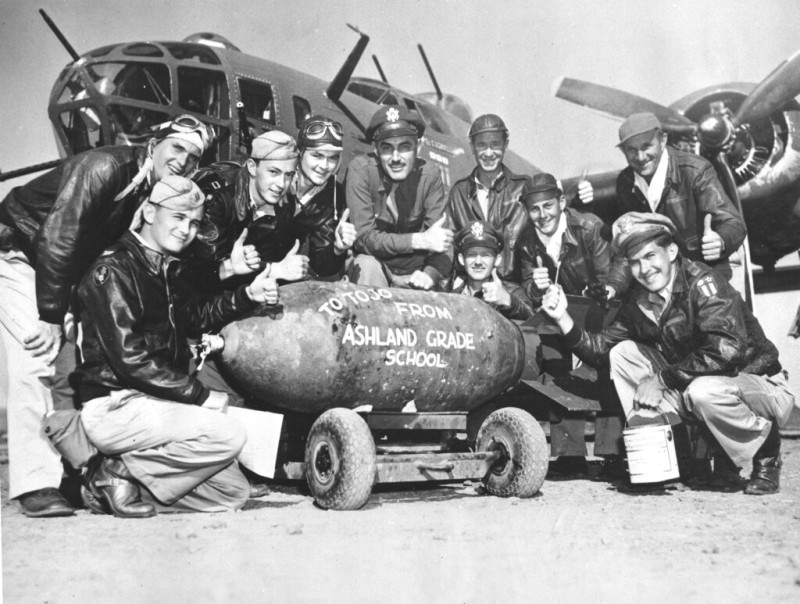“Unborn people will become victims” – A total of 123 countries (except Syria, USA, Russia, China and Israel) signed the Oslo Convention in 2008 which bans them
The US government’s announcement on Friday that it would send cluster munitions to Ukraine’s military sparked a sharp backlash from humanitarian groups, who recalled the horrific impact of such weapons on civilians.
The use of cluster munitions caused, before it was even made official, a wave of reactions on the part of those in the four corners of the world who are documenting their consequences and trying to mitigate them.
In August 2022, the Cluster Munition Monitor, in which several NGOs participate, emphasized that Ukraine was then the only theater of war where it was used by the Russian military in this regard.
What are prohibited dispersal weapons?
Cluster munitions consist of the carrier (bomb, shell) and so-called “sub-munitions”, small-sized explosives that disperse over a large area, but do not all explode when they fall to the ground and become de facto anti-personnel mines.
From a military point of view, they are considered useful as they allow large enemy formations, airstrips, or areas to be hit to block enemy advance.
But – by their very nature – they kill indiscriminately, in violation of international humanitarian law. Experts note that 5 to 40% of submunitions do not explode when they fall to the ground, remain there and can pose a danger even for decades.
It is “a long-term death sentence for civilians. Even unborn people will become victims”, summarizes Baptiste Sapuy of the organization Handicap International – Humanity and Inclusion (HI).
Their use also raises a “barrier to access to the affected areas by humanitarian organizations”, in other words “a lifeline for the affected populations”.
A total of 123 countries – but not Syria, the US, Russia, China and Israel – signed the 2008 Oslo Convention, which came into force in 2010 and bans the production, stockpiling, sale and use of munitions dispersion.
Such weapons were used massively in World War II.
Besides, theThe US used them in the wars in Iraq and Afghanistanas did Israel in Lebanon, notably in the 2006 conflict with Hezbollah.
“We’re still trying to collect US submunitions in Laos” nearly 50 years after the end of the Vietnam War, Mr. Sapoui points out.
The 2008 convention recalls that cluster weapons “kill civilians, including women and children, impede development,” while also preventing “the return of refugees and internally displaced persons for years.”
The deployment of cluster munitions to Ukraine signals “escalation” on the part of the US, is “counterproductive” and “does nothing more than increase the risk to the civilian population trapped in battlefields”, said Daryl Kimball of the US of the Arms Control Association.
“They make no distinction between a Ukrainian and a Russian soldier. Their effectiveness is overstated and the impact on civilians is recognized but often ignored,” he added.
He also recalled that their disastrous consequences led to the abandonment of its use by the US Department of Defense in Afghanistan in 2022 and in Iraq in 2003.
The decision taken by the administration of Joe Biden is “a step backwards that undermines the significant progress made by the international community in trying to protect against such dangers during armed conflicts and after their end”, said Amnesty International for its part, calling Washington to cancel it.
Civilians make up 97% of casualties (dead and injured) and 66% of them are children, based on data from zones where age is included in the statistics, according to a report by the Cluster Munition Monitor.
And 29 countries or regions of the world are known or suspected to be littered with unexploded cluster munitions from the use of cluster munitions, among the ten member states of the Oslo Convention.
Source :Skai
With a wealth of experience honed over 4+ years in journalism, I bring a seasoned voice to the world of news. Currently, I work as a freelance writer and editor, always seeking new opportunities to tell compelling stories in the field of world news.











